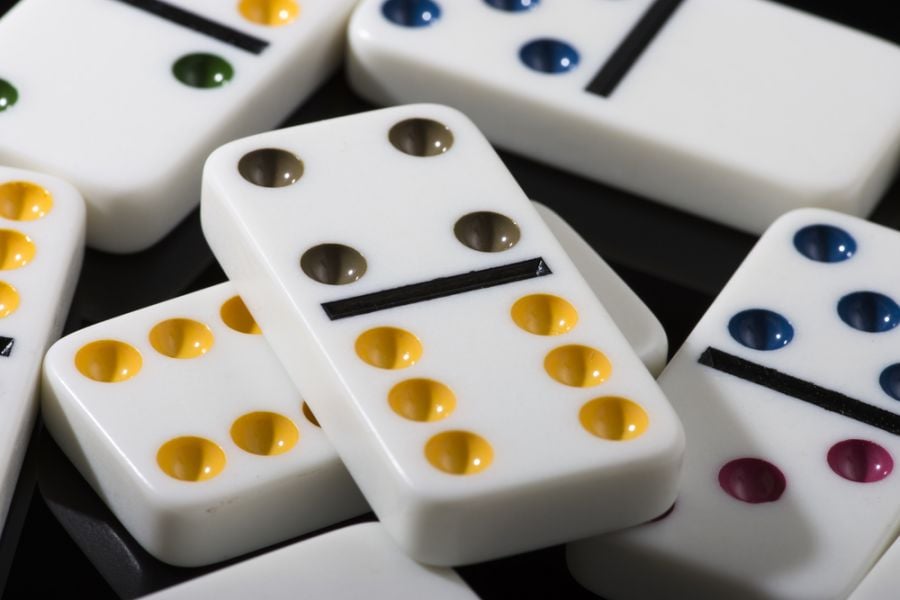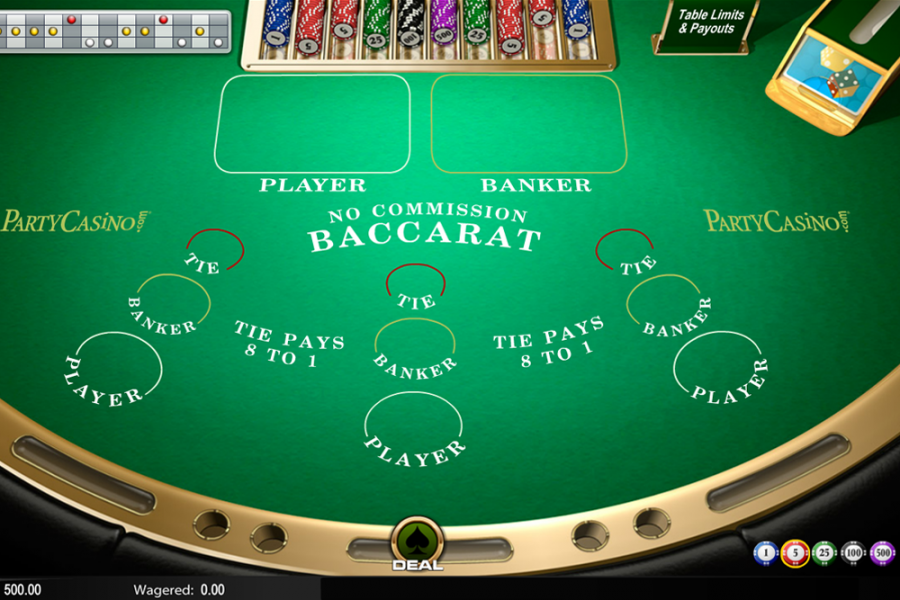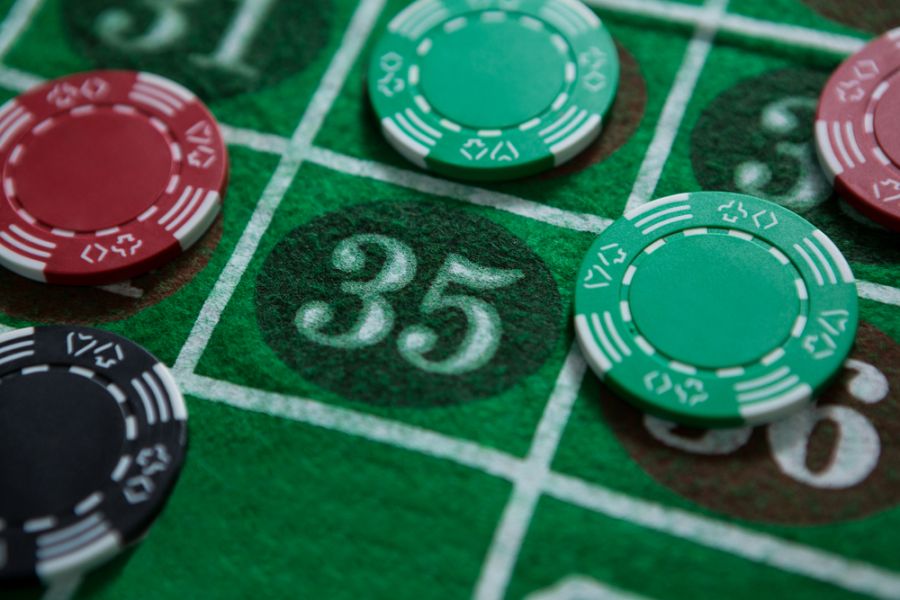Greatest Casino Scams in History
Greatest Casino Scams in History
For as long as the bright lights of casinos have shone, there's been a shadowy figure lurking in the background, concocting a scheme. We're talking about the realm of casino scams, a world as captivating as it is cautionary.
Dating back decades, the pages of gambling frauds history are decorated with notorious casino cheaters and their audacious schemes. From the swindlers of yesteryears to today's digital age fraudsters, the fabric of casino scams history is rich and varied.
With the rise of online platforms, the nature of casino heists has seen a seismic shift. Today's cheaters have moved from card tables to computer tables. However, our resilient industry has always adapted, adopting top-tier casino security measures and sophisticated surveillance systems to detect and deter these rogue players.
As you go through this article, you'll gain insight into the tales of famous casino swindlers, the scams they've pulled off, and the impact it's had on our beloved world of gambling.
Famous Casino Scams
1. Tran Organization: The Mastery of False Shuffling
The Infamous Roselli Brothers
When discussing casino scams, the Tran Organization's ingenuity certainly warrants attention. Originating from San Diego, this group orchestrated one of the most sophisticated card-cheating schemes ever witnessed. Their method? False shuffling.
Members of the organisation bribed casino dealers and supervisors to perform what appeared to be legitimate shuffles, but were, in fact, "false shuffles". This tactic allowed certain cards to remain in order, letting members of the gang recognize sequences and predict upcoming cards. With this illicit knowledge, they could adjust their bets accordingly and rake in substantial profits.
Operating from 2002 to 2007, their scam spanned multiple casinos and amassed over $7 million in wrongfully acquired winnings. The story serves as a stark testament to the lengths some will go for a deceptive advantage, emphasising the need for casinos to continually evolve and enhance their security measures.
2. The Sophisticated Scam of the Roselli Brothers
Oh, the tales of the Roselli Brothers! These brothers weren't your typical con artists; they combined class with craftiness. Delving deeper into their escapade, we found that their modus operandi revolved around one of the most trusted systems in casinos – credit.
Harnessing the power of hackers, they accessed wealthy individuals' credit scores and then posed as these high-rollers. By creating fake bank accounts under these aliases, they started their play in major casinos of Vegas and Atlantic City. With solid financial backup and apparently impeccable records, the casinos willingly extended them vast credit lines. With each win, the money went to their pockets. With each loss, the casinos took it on the chin.
By the time the establishments realised and tried to cash in the markers, the bank accounts were emptied. Their calculated moves and charisma saw them hoodwink casinos to the tune of over $37 million.
Their audacious stint remains a timeless lesson for us, emphasising the need to constantly evolve and fortify our systems at PartyCasino.
3. Cannes Contact Lenses: High-Tech Deception
Amidst the allure of Cannes lies a story of tech-fueled deception. A group of Italians exploited cutting-edge technology, marking cards with invisible ink visible only through custom-made contact lenses.
While the casinos saw regular cards, these scammers visualised every hand with clarity, manipulating each game to their advantage. It's a stark reminder that even in a world of chance, technology can tilt the scales if not vigilantly monitored.
4. Radio Roulette Ball: When Gadgets Enter the Game
Pushing the boundaries of ingenuity, a group conceptualised a master plan – a roulette ball that listened to their commands. Infused with a radio transmitter, this ball would rest where they desired with the press of a button.
Their venture reminds us of the relentless spirit of innovation (albeit misdirected) and stresses the importance of being a step ahead, especially in an industry where fortunes change every second.
5. Pai Gow John: The Power of Inside Jobs
After ruling out dozens of potential scam strategies, the management ordered the casino floor to be swept for radio frequencies, providing the final piece of the puzzle that saw the group arrested for their involvement.
Pai Gow John's tactics were distinct from the usual external schemes that many con artists employ. Rather than focusing on outside forces, he saw the goldmine that lay within. Recognizing the value of allies on the inside, he handpicked casino dealers and made them an offer they couldn't easily refuse – a generous share of the profits if they joined his game.
With their cooperation, the game's manipulation was more covert, changing the odds subtly but consistently to their advantage. The tale of Pai Gow John underscores the critical role of trust and loyalty within the casino community. It's a compelling reminder of the paramount importance of fostering a reliable and well-educated team in every casino establishment.

6. The Cutter Gang: Simplifying Sophistication
Originating from South America, the Cutter Gang exploited a basic oversight. They employed a method termed "the cut," which essentially manipulated dealers into not shuffling the deck, thus allowing them to predict the next set of cards.
Their subtle brilliance fetched them millions globally, teaching us that sometimes, the simplest tricks can be the most effective (and detrimental).
7. New York Roulette Switch: Chip-switching Perfected
The bustling streets of New York hid a secret - a group proficient in the old-fashioned trick of chip-switching. They mastered the art of stealthily switching $5 chips for the much sought-after $1000 ones.
Their tactics highlighted the need for meticulous observation on the casino floor, driving home the point that in this business, every detail counts.

8. Ritz Roulette Scammers: Merging Innovation with Intuition
The opulence of London's Ritz Casino was disturbed when a Serbian trio, equipped with a laser scanner hidden within their phone, took the house for a staggering £1.3 million. By analysing the speed and position of the ball, they could almost precisely determine where it would land.
This audacious attempt using contemporary technology was a stark reminder of the lengths scammers would go to and the necessity for casinos, including ours at PartyCasino, to remain vigilant and technologically updated.

Impact and Consequences of Casino Scams
How the Industry is Affected by Famous Gambling Scams
You know, we're all here to have a good time playing online games, feeling that unique blend of tension and anticipation as the reels spin or the cards are dealt. But let's get real for a moment: scams can throw a serious wrench in the works for the industry at large.
Even in the online space, the taint of one well-publicised scam can cast doubt on us all.
That’s why we at PartyCasino take every measure to ensure your experience is as fair and transparent as possible.
The impact of these scams goes beyond the headlines. They chip away at player confidence and require us to up our game in terms of security measures.
The Personal Toll on Victims of Real-life Casino Heist Stories
Listening to tales of people cheated by scams always tugs at our heartstrings. The emotional toll can be devastating. You’ve been there, we’ve been there; the feeling of betrayal is universal.
When you've set aside time and maybe even a budget for some online fun, falling prey to a rigged game can ruin more than your evening. It leaves a bad taste in your mouth that's hard to wash away.
And let's be honest, losing money to a scammer hurts in a different way than losing a fair game, doesn’t it? We've had players confide in us about past experiences, and trust us, we don’t take that lightly.
The Extensive Legal Consequences Faced by Casino Cheats
Switching gears a bit, let's talk about the legal ramifications. While some people might quietly marvel at the audacity of casino cheats, no one's laughing when the hammer comes down.
Law enforcement does not mess around with these cases. These fraudsters might think they're clever, but legal authorities are usually one step ahead.
And when they catch up, it's not just a slap on the wrist - think hefty fines, potential prison time, and an eternal ban from online gaming platforms. It serves as a potent reminder that even in the digital world, actions have real-world consequences.
Casino Security Measures and Surveillance Systems
How Casinos Have Evolved Their Security Measures in Response to Scams
Times have changed, haven't they? There was a moment when all we'd hear about were these big scams and con artists making away like bandits.
We've always been fascinated by how the online casino industry reacts and adapts. To combat these crafty wrongdoers, casinos, especially in the online space, have had to become more savvy, adjusting and ramping up their security at an impressive pace.
Think about it: it's like a high-tech game of cat and mouse. It's clear that the industry isn’t playing around. At PartyCasino, we're constantly on our toes, innovating and enhancing our systems. Admittedly, it's stressful, but in the best possible way. Keeping our players safe? That's our top priority.
The Role of Surveillance Systems in Detecting and Preventing Casino Scams
Sure, traditional casinos have cameras at every nook and cranny, but for us in the digital domain, surveillance takes on a different, equally important form.
Our kind of surveillance is all about monitoring player behaviours, using sophisticated algorithms, and paying attention to patterns.
While it may sound a bit 'Big Brother'-ish, it's all in the name of ensuring everyone gets a fair shake. Remember that one time we caught wind of suspicious activity during a live dealer game? It was our intricate surveillance that flagged it, and we were able to act swiftly. There’s no room for cheats on our platform, and trust us, our ever-watchful systems ensure that!
How Casino Scam Detection Has Improved Over Time
From the first days of the internet, where basic firewalls were the norm, to now, when AI plays a significant role, scam detection has seen a complete transformation. Gone are the days when basic security measures sufficed.
Now, it's about proactive measures, not just reactive ones. Consider the advancements in biometric verification, machine learning-based pattern recognition, or even behavioural analytics. Over at PartyCasino, we've seen instances where our systems have flagged potential issues even before they fully materialised.
And let's not forget about our dedicated players. Their feedback has been invaluable, with many highlighting irregularities, which has only strengthened our defence against unscrupulous elements. It's a combined effort, and we believe that together, we can ensure online gaming remains fun, fair, and secure for all.
Conclusion
While history has shown us some ingenious and brazen attempts at cheating the casino, we believe the future holds less room for such deceit. As technology advances, so do the countermeasures.
From the advanced encryption systems in our online platforms to sophisticated biometric scans in physical establishments, the net is tightening. It's a continuous cat-and-mouse game, but we're committed to staying one step ahead.
We've seen many cunning ploys during our tenure at PartyCasino, and each has only spurred us to enhance our safeguards further.
Beating the casino isn't solely about underhanded tricks or scams. There are legitimate strategies, and when employed effectively, they can tilt the odds slightly in your favour.
Think of card counting in Blackjack, or choosing games with a low house edge. It's a stark contrast to scams, which aim to manipulate outcomes unlawfully.
The captivating narratives of casino heists and frauds might draw us in, but it's important to recognize their impact. It isn't just about the money or the games; it's about trust.
As we evolve and grow, our goal remains to foster a community where trust is paramount, and security is unwavering. In the ever-evolving industry of online casino gaming, understanding our history only equips us better for the future.








